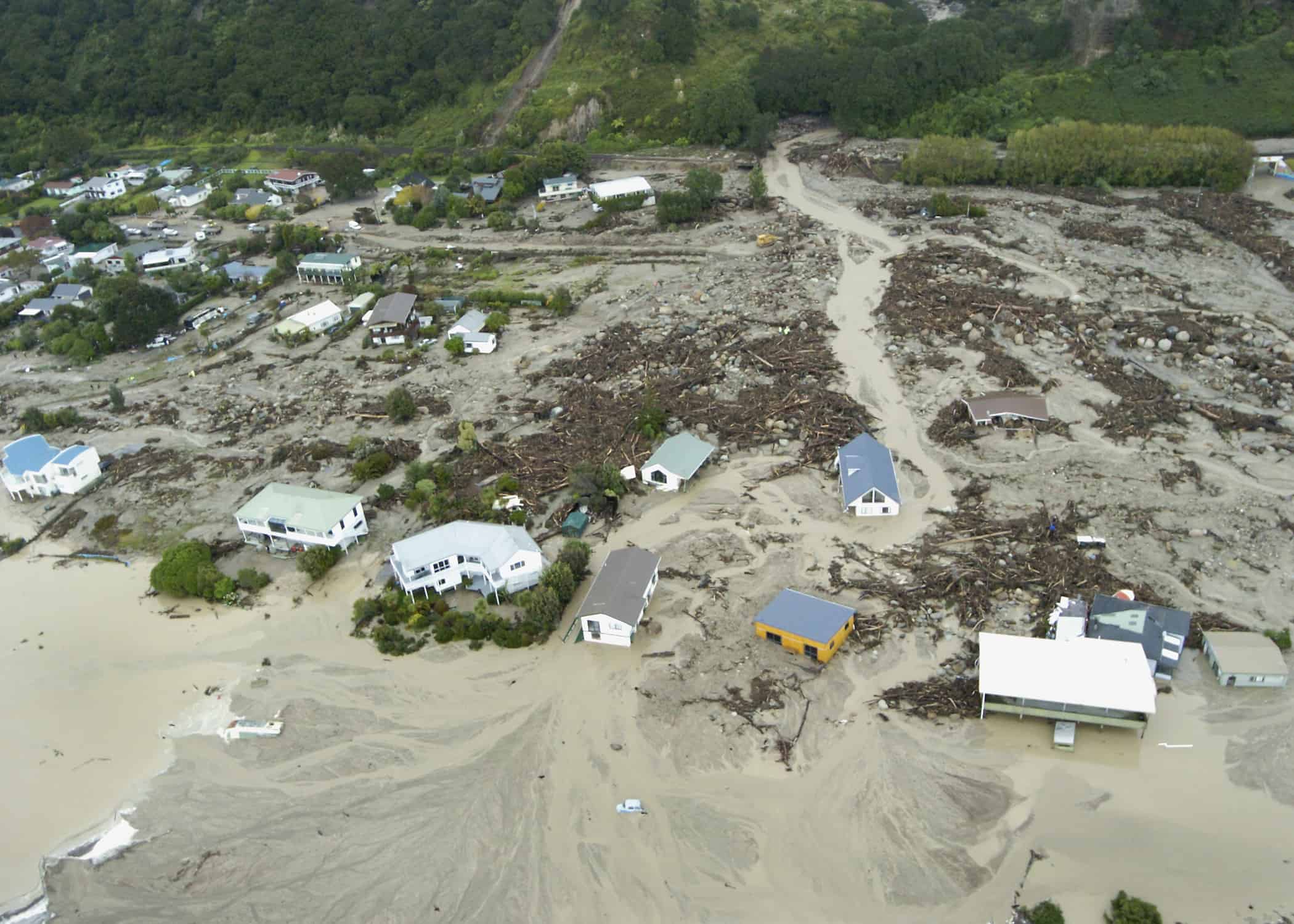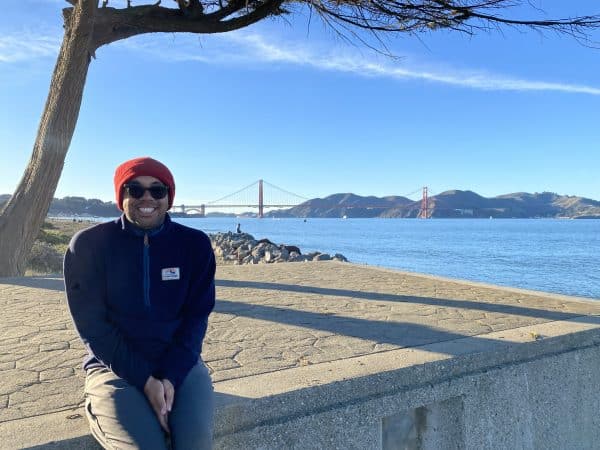By Gavin McCleave, science communications intern
Many communities around Aotearoa New Zealand are faced with increasing risks from storm surges, flooding, rising sea levels, and the prospect of being forced to leave behind their homes, land and community. In recognition of this, the Government recently announced a new Climate Change Adaptation Act will form part of the planned legislative framework replacing the Resource Management Act (RMA).
While managed retreat is possible under the RMA, there is limited national guidance on how and when to implement it, and who pays. It is all too easy for the necessary decisions to be delayed. At Matatā, where the Whakatane District Council went through a lengthy and contentious process to manage retreat from the Awatairariki fanhead following a devastating debris flow in 2005, the uncertain governance framework created cascading social, political, institutional and financial uncertainties, and contributed to protracted post-disaster trauma for the community. [1]
Timely new research from Dr Christina Hanna, Iain White and Bruce Glavovic describes the spectrum of governance approaches to managed retreat, and recommends an approach most likely to reduce risk and promote justice.
At one end of the spectrum is state-led and funded retreat from affected areas. This approach increases the risk of local communities being disempowered and embittered by regulated and enforced solutions. At the other end of the spectrum is an autonomous unmanaged retreat left to the private sector and local communities. This approach raises the risks of vulnerable communities being unfairly treated, and cultural heritage and connection being lost forever.

The researchers found that although there will be instances in which state-led or autonomous retreats are appropriate, the most likely path to a satisfactory outcome for all involved, particularly the local communities, is somewhere in the middle. This is a network-based co-operative approach in which decision-making power is shared amongst central government, local government, the private sector and importantly, the local communities, to achieve a negotiated outcome.
The researchers recommend co-operative managed retreat strategies in which “people and communities are embedded in the retreat strategy design, decision-making and delivery.”
A pioneering example of such an approach is the Clifton to Tangoio Coastal Hazards Strategy 2120, which trialled the Dynamic Adaptive Pathways Planning (DAPP) approach and involved researchers from Phase 1 of the the Resilience Challenge. This plan to manage Hawke’s Bay’s coastal hazards and climate change risks over the next 100 years was developed by local authorities, local stakeholders and mana whenua representatives.
Possible ways of supporting the affected landowners and communities in a co-operative managed retreat include opt-in buy-outs, relocation subsidies and land-swaps. The researchers acknowledge that a significant challenge for a co-operative approach is the question of who will pay for it. From their article: “Ideally, any co-operative programme will have a nationally consistent framework of cost allocation principles, clarity of cost-sharing responsibilities, and funding support at the local level.”
The researchers conclude that a co-operative approach to managing retreats is the most likely way to “avoid or reduce risks in ways that seek to share power, and promote justice and equity.”
The full paper, “Managed retreats by whom and how? Identifying and delineating governance modalities” was recently published in Climate Risk Management and can be found here.
[1] Hanna, C.; White, I.; Glavovic, B. The Uncertainty Contagion: Revealing the Interrelated, Cascading Uncertainties of Managed Retreat. Sustainability 2020, 12, 736.



